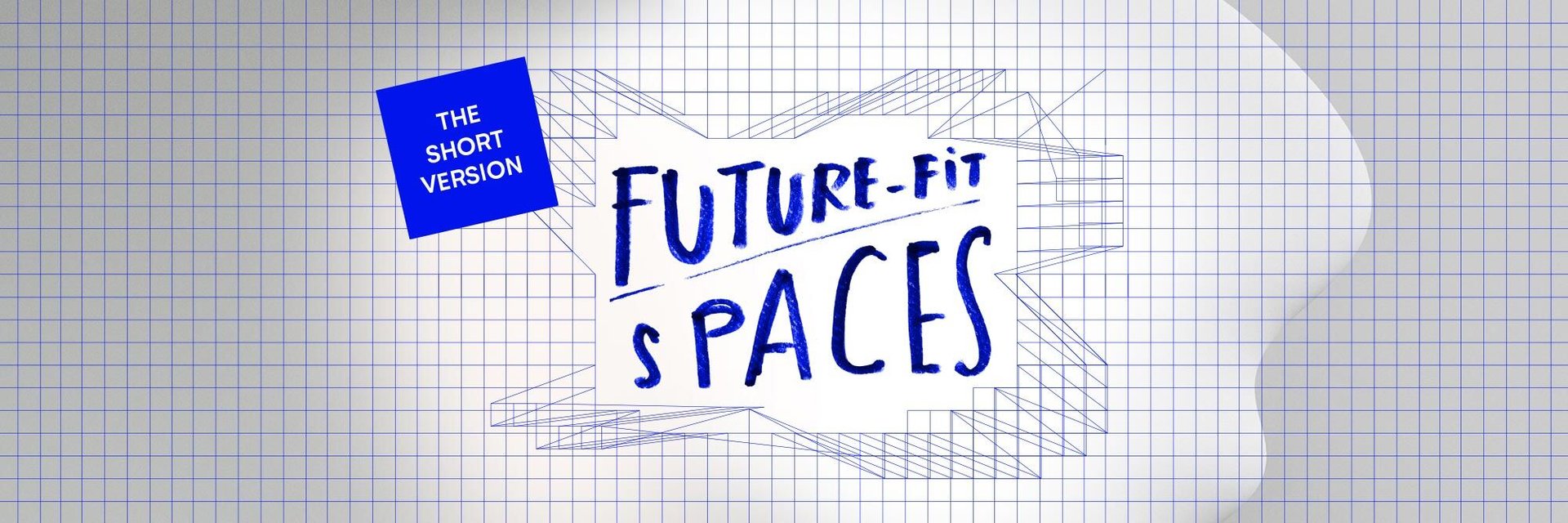
Buildings currently account for 40% of the EU’s energy consumption and 36% of its energy-related greenhouse gas emissions.
The European Union's Green Homes Directive is part of the Energy Performance of Buildings Directive (EPBD), and is aiming to cut energy use and carbon emissions from buildings.
We’re proud of the fact that new Adapteo modules have up to 60% lower carbon footprint than a permanent building. And in turn, reused, refurbished Adapteo modules have a 90-92% lower carbon footprint than new modules.* However, this does not mean that we can just sit back, relax, and not make any changes.
Let us explain how the Green Homes Directive affects you and your business - and us!
These are some of the key targets of the Green Homes Directive:
- 2028: Public buildings must meet zero-emission standards.
- 2030: All new residential buildings must meet zero-emission standards.
- 2050: All existing EU buildings must achieve zero-emission status.
As the construction industry faces this new directive, here’s how Adapteo can contribute:
- By providing interim spaces: Our modular buildings can help bridge the gap while existing buildings are upgraded and new constructions meet EU targets.
- By providing energy-efficient buildings: Our buildings are already designed to meet future requirements, with a focus on resource efficiency and energy performance. We use heat pumps, water-borne heat, smart connectivity solutions, and meticulous construction to prevent heat loss.
And a few words on solar energy adoption
The directive requires new buildings to be solar-ready by 2027. As a company that offers solar panels, we understand that customer attitudes about solar panels vary. Some hesitate due to short project durations or ROI concerns, while others appreciate the long-term benefits. Guess you could say that this little dance between regulations and customer preferences shows how tangled the journey will be.
Challenges and actions required
The Green Homes Directive has sparked debate over feasibility, affordability, and socioeconomic impacts. Meeting tight deadlines and retrofit costs are significant concerns. However, the need to reduce buildings’ energy consumption and emissions is critical. Simply put: Now is the time to act.
*Our reference permanent building, calculated using standard construction materials, has a footprint of 455 Kg CO2e/m2